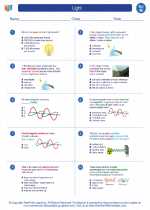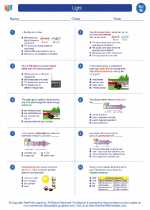Paleozoic Era
The Paleozoic Era is the earliest of three geologic eras of the Phanerozoic Eon. It is the longest of the Phanerozoic eras, lasting from about 541 million to 252 million years ago. The Paleozoic Era is known for the diversification of life, including the rise of fish, insects, reptiles, and the first forests.
Key Events and Periods
- Cambrian Period: The Cambrian Explosion marked a rapid diversification of life, including the appearance of most major phyla.
- Ordovician Period: A time of extensive marine biodiversity and the colonization of land by plants and arthropods.
- Silurian Period: The first appearance of vascular plants and the colonization of land by early arthropods.
- Devonian Period: Known as the "Age of Fishes," this period saw the diversification of fish and the first forests with tall trees.
- Carboniferous Period: Characterized by the rise of early reptiles, vast swamp forests, and the formation of coal deposits.
- Permian Period: Marked by the diversification of reptiles and the appearance of the earliest mammal-like reptiles.
Study Tips
To study the Paleozoic Era effectively, consider the following tips:
- Use timelines and diagrams to visualize the major events and evolutionary milestones of each period.
- Understand the environmental changes that influenced the diversification of life during the Paleozoic Era, such as the movement of continents and changes in climate.
- Review the key characteristics of the dominant life forms in each period, including their adaptations and ecological roles.
- Explore the fossil record and geological evidence to appreciate the significant transitions in life during the Paleozoic Era.
- Consider the mass extinction events that punctuated the Paleozoic Era and their impacts on the evolution of life on Earth.








